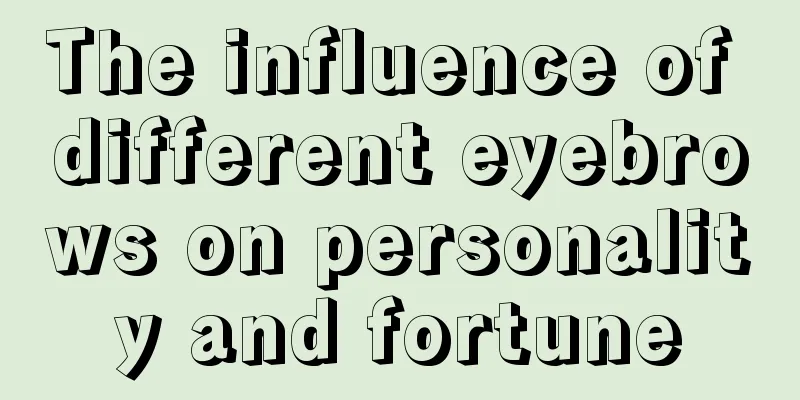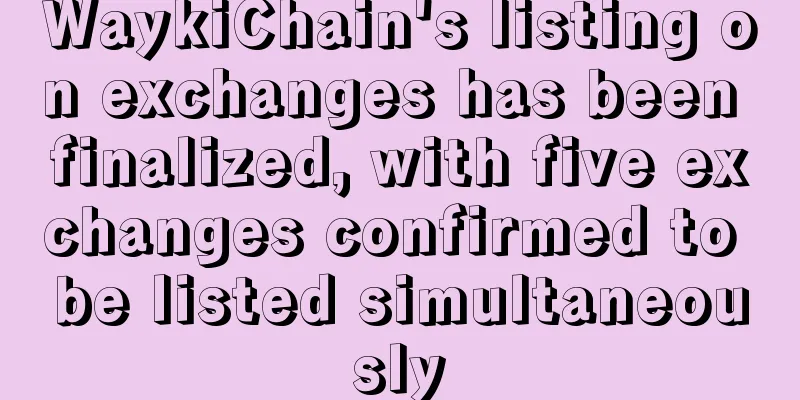Hong Kong Securities and Futures Commission head: Blockchain can prevent money laundering and reduce fraud risks

|
The recent popularity of blockchain has also attracted the interest of regulators. According to Benedicte Nolens, head of the Hong Kong Securities and Futures Commission (SFC), blockchain can help financial institutions solve the problem of money laundering. The inherent characteristics of blockchain technology make it a powerful solution to combat money laundering. Not only is blockchain transparent, it can also prevent duplication of transaction data and reduce the risk of fraud. Nolens said that blockchain technology is used in anti-money laundering and KYC supervision. She explained:
The big question then becomes how blockchain can be used to prevent money laundering. Using the technology to comply with KYC and AML could potentially reduce the number of errors through automation. In addition, records of all checks performed on each individual customer could be stored on a distributed ledger. (Photo: Benedicte Nolens) Using distributed ledgers to end money launderingWhether financial institutions will suddenly embrace blockchain technology remains to be seen. Currently in Hong Kong, there are no specific regulatory guidelines on this technology, which makes financial market participants cautious about this technology. Nolens said banks should ensure that any application of the technology complies with legal regulations. In addition, it takes time to apply blockchain technology to the banking system. Therefore, it is likely to take several years for blockchain to be widely adopted. Open blockchain is necessary Furthermore, private blockchain solutions are not feasible, nor are similar permissioned solutions. This leaves institutions with two current blockchain solutions to choose from: Bitcoin or Ethereum. However, bankers do not welcome both cryptocurrencies because they cannot exert control over them. They cannot control an open blockchain, but they can build new applications and services on one of them. Using distributed ledgers to address money laundering will require an open solution with additional privacy-centric features. What do you think about using blockchain as a tool to combat money laundering? |
<<: North Carolina Senate pushes for blockchain legalization, IBM shows support
>>: Private chains vs public chains: Can the two coexist?
Recommend
What does a red mole on a man's chest mean?
In our lives, everyone has some moles on their bo...
Institutions sold 230,000 Bitcoins in the past two months: Who is selling and why?
236,237, which is the known large institutional B...
The most liar man's face
The most liar man's face Since childhood, the...
How can the value network blockchain disrupt urban life by removing intermediaries?
Many upcoming trends can provide new opportunitie...
Where is the peach blossom mole? Where is the peach blossom mole?
Where does peach blossom mole appear? Mole appear...
Do men with orange peel faces really bring bad luck to their wives? Their careers are not going well and they get angry easily.
For a person, it is actually easier to consider m...
Daily Bitcoin: Soaring to 400 or Finding the True Identity of the Inventor
The price of Bitcoin soared in the Asian session ...
Blockchain girl "He Youbing", 0.21 Bitcoin 21-day survival challenge (Day 1)
He Youbing is a girl from Longyan, Fujian. She is...
How to look at curved eyebrows
In traditional Chinese physiognomy, the thickness...
The listing method is finalized! Coinbase announced that it will go public directly
On Thursday, major cryptocurrency exchange Coinba...
What are the facial features of women with unhappy marriages?
Marrying a beautiful woman is the dream of every ...
With DCEP about to be released, will Bitcoin face major challenges?
2020 also marks the beginning of a new financial ...
Palmistry Second Mars Hill Fortune Telling Diagram
The second Mars Hill (Negative Mars Hill, also kn...
A woman with a narrow forehead and high cheekbones
A woman with a narrow forehead and high cheekbone...
Palmistry Diagram: What Palmistry Can Make You Rich
Money has been very important from ancient times ...









